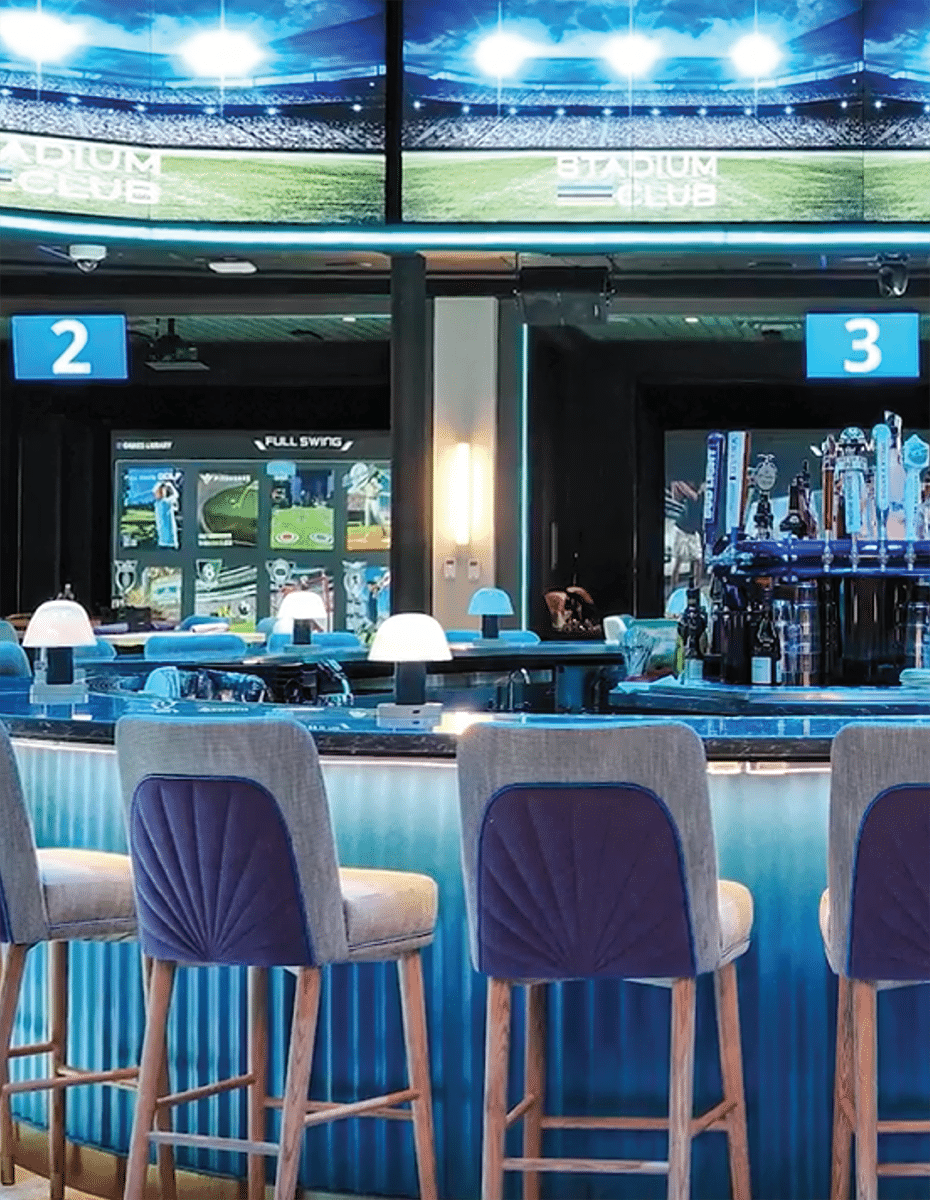Managing Director,
Public Non-Profit Solutions
As the retail industry continues to see disruption from technology and innovation, accelerated by COVID restrictions that have oriented more shoppers than ever before towards on-line shopping platforms, we know that things must change as cities look to recover. It is more important than ever that our rulebooks for land use remain sufficiently flexible to support and incubate new concepts and uses. Unfortunately, in too many communities, zoning remains an impediment to a successful recovery.
One of the most significant challenges that many communities face is the Euclidian zoning and land use regulations that define permitted uses – including what gets built and where. These rules often tightly regulate downtown retail environments, using zoning as a tool to manage tenant mix and carving out restrictions that frequently tell interesting stories about community concerns that made their way into our civil codes.

Cities have served as testbeds for evolutionary change for centuries. Storefronts that were once filled with retail in the early 20th century, for example, have since been converted into residential homes in neighborhoods like Vinegar Hill in New York City.
Outdated Table of Uses
Unfortunately, zoning and regulations in many places still do not recognize the realities of the marketplace. Many communities have defined “retail uses” by very specific types of tenants (e.g., antique shops, florists, etc.) or as “uses involving the sale or rental of goods directly to consumers” when in fact the nature of retail continues to evolve rapidly. With the rise of e-commerce and the growth in uses such as artisanal food production and maker spaces, many of these traditional distinctions have become blurred. One need look no further than the Nike NYC, House of Innovation where sneakers are made or the Starbucks Reserve Roastery to see examples of how quickly the retail landscape is changing. These remain uses restricted in most downtown environments. Unfortunately, zoning codes are rather static and/or difficult and expensive to change, leaving smaller, less capitalized businesses from taking similar risks and stifling innovation in the process.

Micro-warehousing and the conversion of storefronts into mini distribution centers or pick-up-only locations where no sales transactions take place have become commonly adopted practices in our urban centers and neighborhood commercial districts.
Unviable Requirements
As demand for retail in brick-and-mortar spaces softens, cities with blanket requirements for ground-floor retail use across wide swaths of the urban environment, or with “no less than” requirements for active ground floor use across entire downtowns or miles of streets must be revisited. We must mindfully adjust the areas and boundaries of retail districts as drawn on zoning maps. Even before the pandemic, many of these requirements for ground-floor retail far outstripped a communities’ ability to fill these spaces, a condition that has only worsened with COVID-19. Districts that were once dependent on daytime workers will likely face diminished retail demand for years and will need to pivot towards growing a diverse customer base that is balanced by both visitors and year-round residents. Put simply, this might mean shifting priorities toward creating more homes than retail spaces, including on the ground floor.

Ground floor residential uses can also make for great streets when our building codes and sidewalk standards guide good design. For example, small setbacks can be designed to allow for some degree of landscaping that offers shade and comfort to pedestrians.
Permits Impending Storefront Marketing + Public Realm Activation
A great Main Street is not simply characterized by a row of occupied storefronts but often the energy of the public realm and spillover retail activity on sidewalks (and curbside spaces). The rules and permit requirements that govern these public spaces, however, have often placed an undue burden on the small businesses that crave visibility and vibrancy. Many cities continue to restrict sidewalk planters and removable benches, while others charge fees to implement simple signage tactics like A-frame boards and creative murals. Moving forward, our regulatory frameworks should serve to incentivize the maintenance of storefronts rather than create barriers for business owners choosing to activate the public realm.

San Francisco Mayor London Breed announced the Shared Spaces Program that enables businesses to obtain free, temporary permits to use sidewalks or parking lanes for business operations including seating, dining, or retail pick-up.
To ensure any kind of retail or economic development strategy is actionable, it is important to first assess the rules that govern the development and design of our downtowns and cities. Setting a rulebook that is not only aligned with market realities but flexible enough to adapt to any rapid change in players will help foster business retention and growth for years to come.
If you are looking to better understand the ways in which your regulatory and zoning frameworks impact business innovation and success, contact Streetsense’s Public Non-Profit Solutions Group, Managing Director, Larisa Ortiz.
BACK TO LATEST







